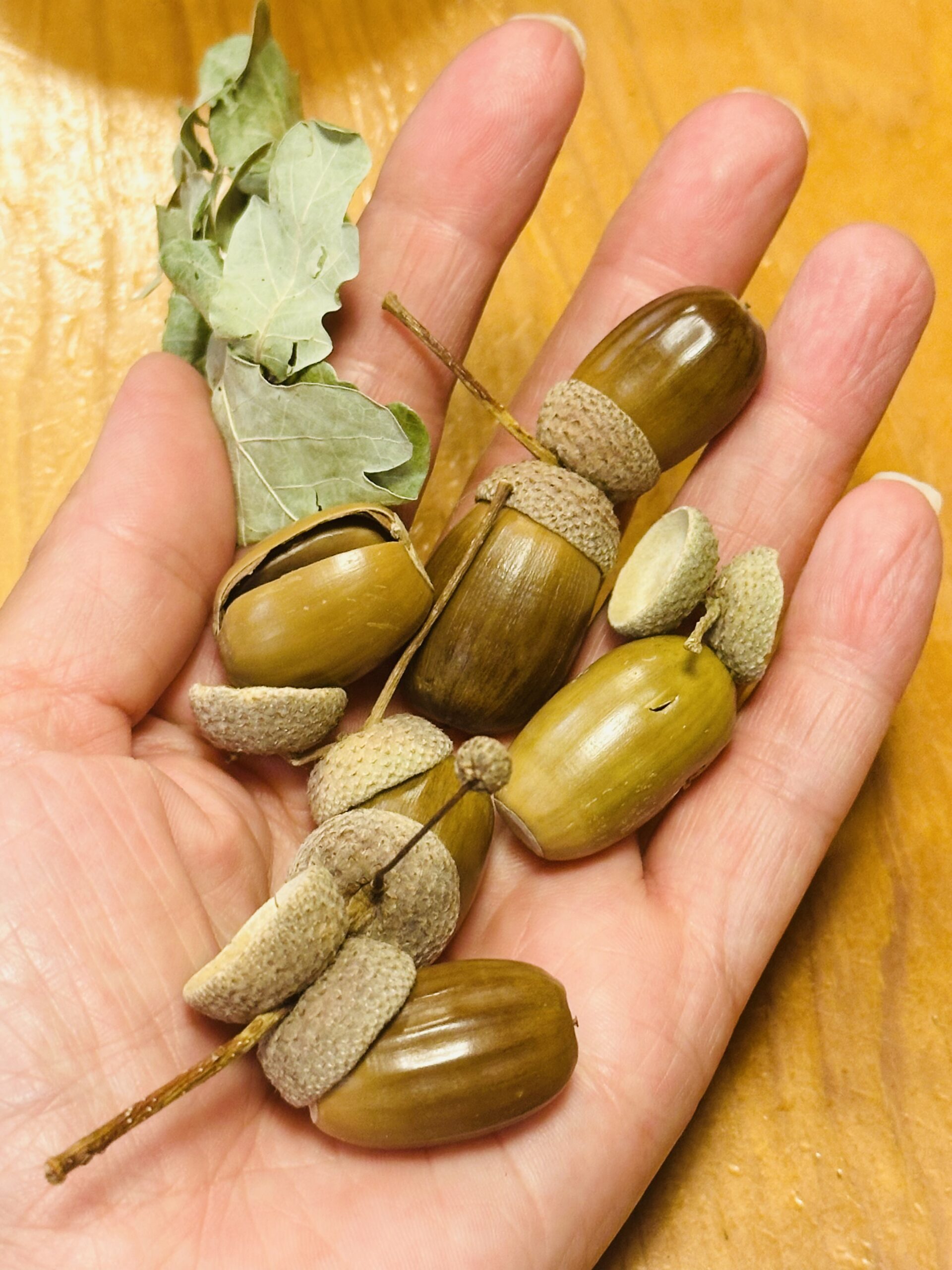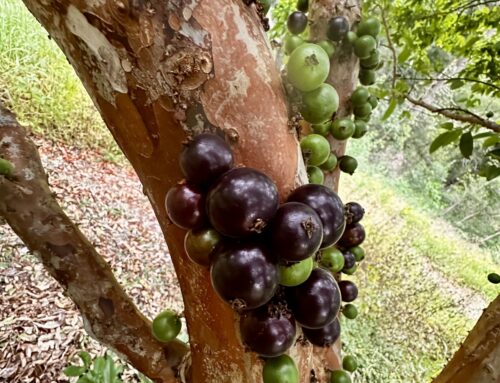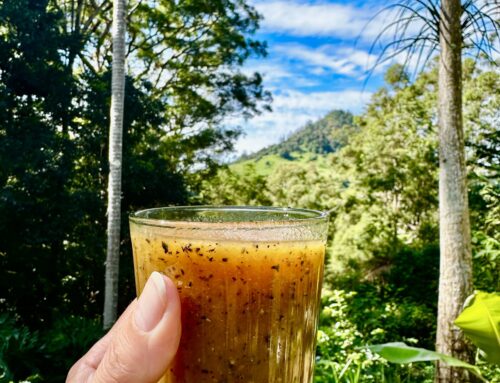Always on the lookout for different vegetation wherever I go and on my recent road trip was so happy to find beautiful English Oak trees around Violet Town, Victoria.
Researched some cool facts about Oaks and their ACORNS as super survival foods full of nutrition.
- The majestic English Oak here (Quercus robur) is perhaps the most common oak in Australia “and 600 species of oak grow worldwide since 60 million years ago” (1).
- Most trees are planted by squirrels’ other rodents that forget where they have buried them. If a seedling grows it will develop into a sapling after 4-5 years.
- After 40 years an oak tree produces its own acorns and can live for hundreds of years and up to 150 feet tall.
- One tree can produce 2000 acorns a year but only ONE in 10,000 acorns will grow into an oak tree.
- “The Oak bark, fruit, and leaves of the species from the genus were reported to possess a broad spectrum of biological effects, such as antioxidant, antidiabetic, anticancer, anti-inflammatory, and antibacterial”.(2)
- The phytochemical content of acorn (Quercus aegilops) products (nuts and flour) and by products (shells and leaching waters) presented high total phenol content. Potassium, calcium, oleic and linoleic acids (fats) were considered significant. (3). Also protein, vitamin A, C, and carbohydrate rich.
- HOWEVER, High in tannins (Oaks natural defence mechanism) so acorns MUST be soaked and cooked before human consumption.
- Archaeological studies show the use of acorns in dishes, as stews, and in preparing meals resembling modern-cooked porridge and used as a flour for baking bread. Acorn flour was used alone or in combination with cereal flour or flours made from legume seeds. (4)
- Some North American Aboriginals relied on acorns as much as 75% at times.
- Most oak trees only produce acorns every 2-3 years so they must be stored unshelled for up to 10 years in granaries.
- In Canada 25% of a deer’s diet is acorns.
- The Notre Dame was built from oak about 13,000 oak trees cut in 1160 AD.
- Glans is the Latin name for acorn. The Glans of a male anatomy was named after the acorn.
References:
(1) Hipp, Andrew, Oak Trees, inside and out, New York Rosen Publishing Group Inc 2004
(2). Evid Based Complement Alternat Med. 2020 Jul 31;2020: Medicinal Uses, Phytochemistry, and Pharmacological Activities of Quercus Species. Mehdi taib et al.
(3) Food Sci Biotechnol. 2017 Dec 13;27(3):819–828. The phytochemical rich potential of acorn (Quercus aegilops) products and by products, V Papoti et al.
(4). Acorns as a Source of Valuable Compounds for Food and Medical Applications: A Review of Quercus Species Diversity and Laboratory Studies. Szabłowska et al.










